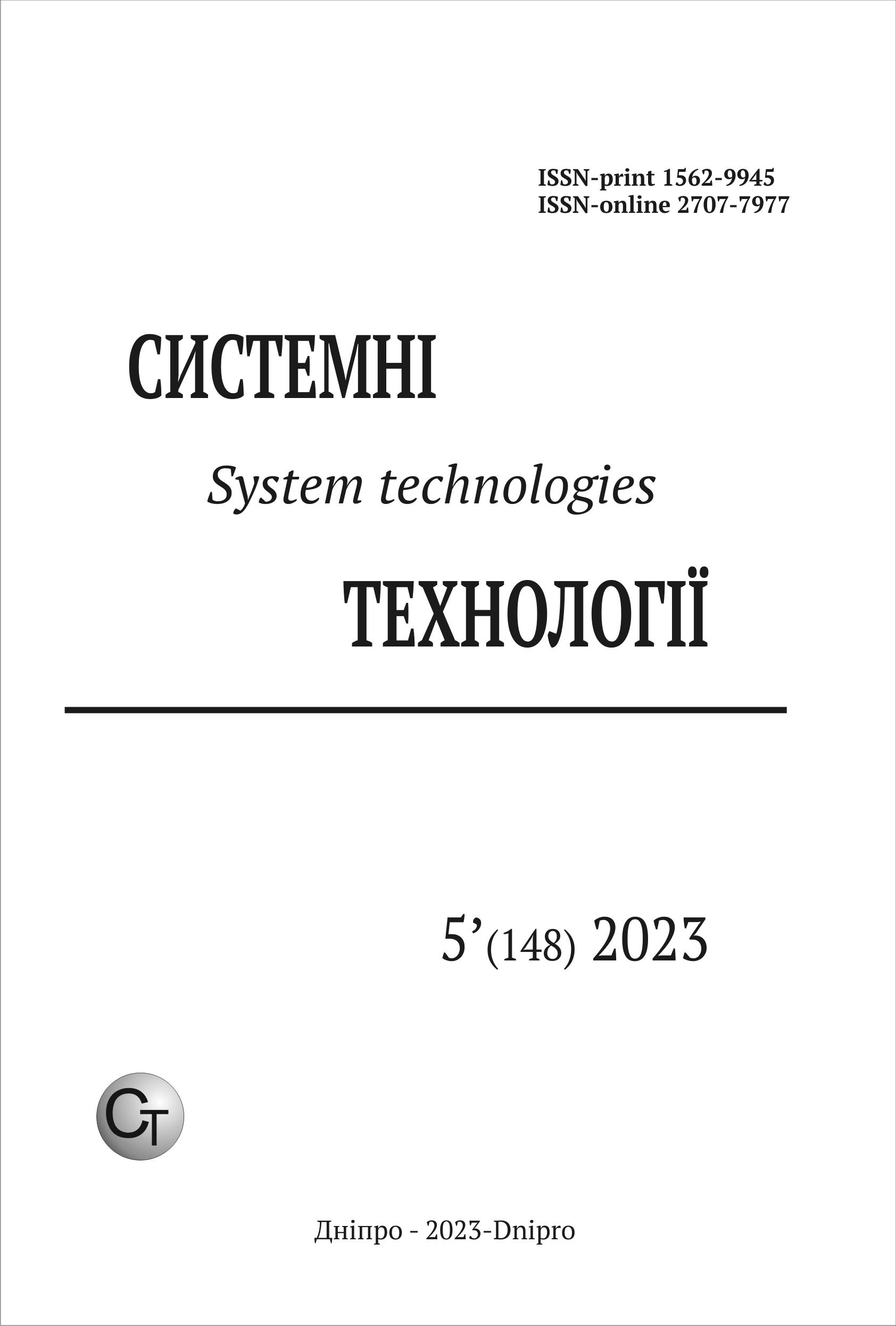ІМІТАЦІЙНА МОДЕЛЬ ПЛАСКОГО ПОВІТРЯНОГО СОНЯЧНОГО КОЛЕКТОРА
DOI:
https://doi.org/10.34185/1562-9945-5-148-2023-11Ключові слова:
повітряний сонячний колектор, імітаційна модель, комп’ютерна система, керування, нелінійний, динаміка.Анотація
Системи опалення, що використовують сонячні теплові колектори регулюють температуру підігрітого в сонячному колекторі повітря тільки зміною швидкості повітря, яке проходить через нього. Використання інформаційно- управляючої системи керування (зокрема в складі IoT) для поточного керування та прогнозних обчислень потребує використовувати узагальнюючу імітаційну модель. Проведені дослідження показали що модель, яка описує залежність температури повітря на виході з повітряного колектора від швидкості його потоку – нелінійна. Динаміка нагріву повітря визначається динамічною ланкою першого порядку. При розробці комп’ютерної системи керування необхідно враховувати використання датчиків температури повітря на вході і на виході сонячного колектора. Також потрібно використовувати дані з датчика поточної потужності сонячного випромінювання.
Посилання
Energy efficiency and renewable energy sources / Under general ed.
A.K. Shidlovsky - K.: Ukrainian encyclopedic knowledge, 2007. - 560 p.
Kuznetsov M.P. Peculiarities of combined energy systems with renewable energy sources: monograph / M.P. Kuznetsov. — Kyiv: IVE, 2022. — 142 p.
John A. Duffie, William A. Beckman. Solar Engineering of Thermal Processes. 2013 John Wiley & Sons, Inc. 2013. DOI:10.1002/9781118671603.
Beekeeper P.O. Problems of using air solar systems/ P.O. Pasichnik, O.V. Pryimak// Scientific and technical collection "Energy efficiency in construction and architecture". Issue 6. - K.: KNUBA, 2014 - pp. 322 - 327.
Babak V.P. Automation and control of regulation of heat consumption using solar collectors and heat accumulation / V.P. Babak, A.O. Nazarenko // Non-destructive testing and technical diagnostics: science conference, November 20-23, 2012: abstracts - K., 2012. - P. 229-231.
Sharuda V. G. Workshop on the theory of automatic control [Text]: training. manual / V. G. Sharuda. - D.: NSU, 2002. - 414 p.: fig. - ISBN 966-7476-74-Х
Doroshenko O.V. Solar flat metal-polymer collectors / O.V. Doroshenko,
S.S. Tytar, B.E. Molchansky // Bulletin of the Vinnytsia Polytechnic Institute. – 2010. – No. 4. - P.32-35.
Nazarenko A.O. Heat consumption control system with solar collectors /
A.O. Nazarenko // Metrology and devices. – 2013. – No. 2 (40). - P. 151-158
Nazarenko A.O. A system for controlling the heat consumption of buildings with combined heat supply and the use of solar energy. - Manuscript. Dissertation for obtaining the scientific degree of candidate of technical sciences in the specialty 05.14.01 - Energy systems and complexes. – Institute of Technical Thermophysics of the National Academy of Sciences of Ukraine, Kyiv, 2016.
Завантаження
Опубліковано
Номер
Розділ
Ліцензія
Авторське право (c) 2024 Системні технології

Ця робота ліцензується відповідно до ліцензії Creative Commons Attribution 4.0 International License.















